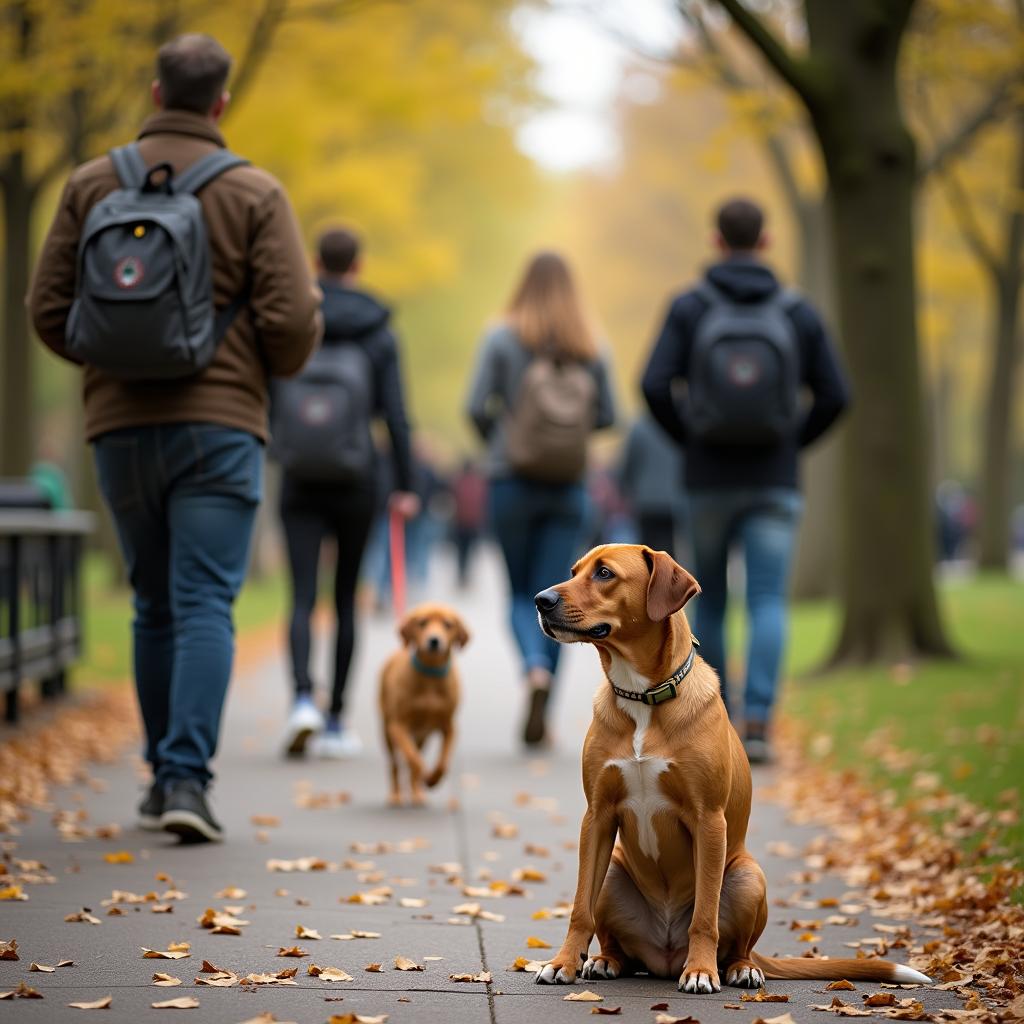How to Train Your Dog to Stop Barking at Strangers
How to Train Your Dog to Stop Barking at Strangers
Barking is a natural behavior for dogs, but when it turns into excessive barking at strangers, it can become a nuisance. If your dog tends to bark aggressively or anxiously at unfamiliar people, it’s important to address this behavior thoughtfully and effectively. This guide provides practical steps on how to train your dog to stop barking at strangers so both you and your dog can feel more comfortable during outings.
Understanding Why Dogs Bark at Strangers
Before you can effectively train your dog to stop barking at strangers, it’s crucial to understand why they bark in the first place. Dogs may bark at unfamiliar people for several reasons:
- Protection: Dogs are natural protectors of their home and loved ones.
- Fear: Fearful dogs may bark at strangers as a way to increase distance between themselves and perceived threats.
- Alerting Behavior: Some dogs have a strong instinct to alert their owners of any unusual activity.
- Attention-Seeking: Dogs may bark to get attention, whether it’s good or bad.
Establish Basic Command Training
The first step in teaching your dog not to bark at strangers is to ensure they respond to basic commands. Commands such as “sit,” “stay,” and “quiet” form the foundation of good behavior. Here’s how to establish these commands:
- Use Positive Reinforcement: Reward your dog with treats or praise when they successfully follow a command.
- Practice Consistency: Use the same commands and signals each time for training success.
- Keep Training Sessions Short: Aim for several short sessions throughout the day instead of lengthy training periods, allowing them to learn without losing focus.
Desensitization to Strangers
One effective method on how to train your dog to stop barking at strangers is desensitization. This process helps your dog become accustomed to the presence of strangers in a controlled manner:
- Controlled Exposure: Have a friend or family member pose as a stranger. Start at a distance where your dog feels comfortable.
- Gradual Approach: Gradually decrease the distance between your dog and the “stranger” as your dog becomes more relaxed.
- Reward Calm Behavior: During this exercise, reward your dog when they remain calm and do not bark.
Teach the “Quiet” Command
Training your dog to obey the “quiet” command can be incredibly beneficial. Follow these steps to teach your dog this command effectively:
- Know the Triggers: Identify what triggers your dog to bark at strangers. It could be a noise or someone approaching.
- Use Treats: Get your dog excited with their favorite toy or treat, and let them bark a few times. Once they start barking, say “quiet” in a firm tone.
- Reward Silence: When your dog stops barking, immediately reward them with treats and praise. Repeat this process consistently until they associate silence with positive reinforcement.
Socialization with Strangers
Socializing your dog is key in preventing them from barking at strangers. Frequent and positive interactions with various people can diminish their fear-based responses:
- Visit Dog-Friendly Spaces: Take your dog to parks, pet stores, or dog-friendly events where they can encounter various people.
- Encourage Calm Experiences: Teach friends and family members how to meet your dog calmly. Have them offer treats before petting them, making sure your dog associates strangers with something positive.
- Regular Exposure: The more frequently your dog encounters strangers, the more comfortable they will become over time.
Use Distraction Techniques
Distraction can be an effective way to redirect your dog’s attention away from the strangers and prevent barking. Here are some methods to consider:
- Engage with Toys: Keep your dog occupied with a favorite toy whenever a stranger approaches.
- Use Treats: When you see a stranger approaching, offer your dog a treat, speaking softly to maintain their focus on you.
- Practice Obedience Commands: Ask your dog to perform commands they know, distracting them from barking at the stranger.
Consider Professional Help
If your dog continues to bark excessively after trying these techniques, it may be beneficial to seek the help of a professional dog trainer or behaviorist. They can assess your dog’s behavior and create a tailored training plan to address any underlying issues.
Conclusion
Training your dog to stop barking at strangers takes patience, consistency, and commitment. Techniques like desensitization, command training, and socialization are vital in reducing anxiety and fear around unfamiliar people. By following these strategies, you can foster a calmer demeanor in your dog, enhancing your joint experiences in public spaces. Remember, every dog is unique, so be observant and adjust your training techniques to meet your dog’s individual needs.






